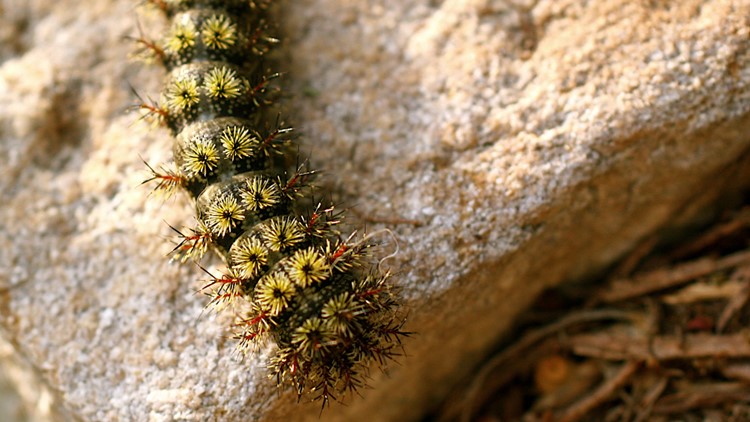BUFFALO, N.Y. — The New York State Department of Environmental Conservation (DEC) will be conducting aerial treatments in six forest areas, including four in Western New York, over the coming week for an invasive moth.
From May 20 to 31, the DEC will dispense the treatment for spongy moth, formerly known as gypsy moth, at high priority forest areas. These locations have suffered defoliation from multiple years of the moths and are expected to have another high level of infestation this year, according to survey efforts by the DEC.
"The areas chosen for spongy moth treatment reflect some of New York's most valuable ecosystems," DEC Forester Rob Cole said. "Among our considerations in choosing treatment areas were the protection of endangered moth species in Allegany State Park, as well as several rare plants, butterflies, and birds in the Rome Sand Plains."
The following forest areas will be treated:
- Allegany State Park
- Coyle State Forest
- Rush Creek State Forest
- South Valley State Forest
- Sonyea State Forest
- Rome Sand Plains
"New York's forest ecosystems provide critical habitat for a wide array of species while also providing a place for people to live and play," DEC Commissioner Basil Seggos. "These treatments, developed using sound science, will help DEC protect some of New York's most vulnerable forests from the invasive pest spongy moth, which has been defoliating trees all across New York State for multiple years."
The treatment being used in Gypchek, which is a biopesticide produced from a naturally occurring nucleopolyhedrosis virus (NPV). The pesticide will only affect spongy moth larvae.
U.S. Forest Service research shows that Gypchek has no negative effects on wildlife, plants, or people.



